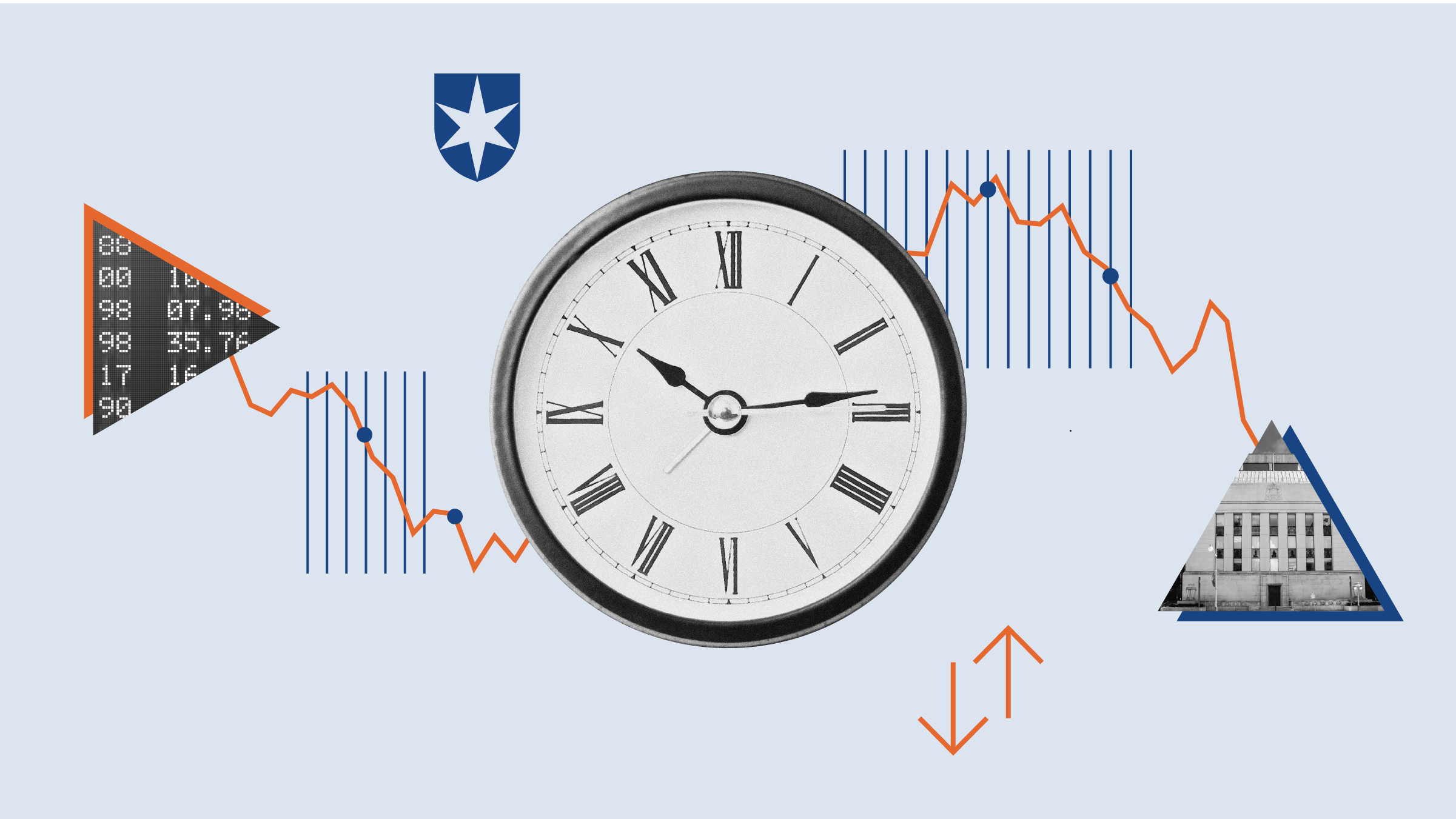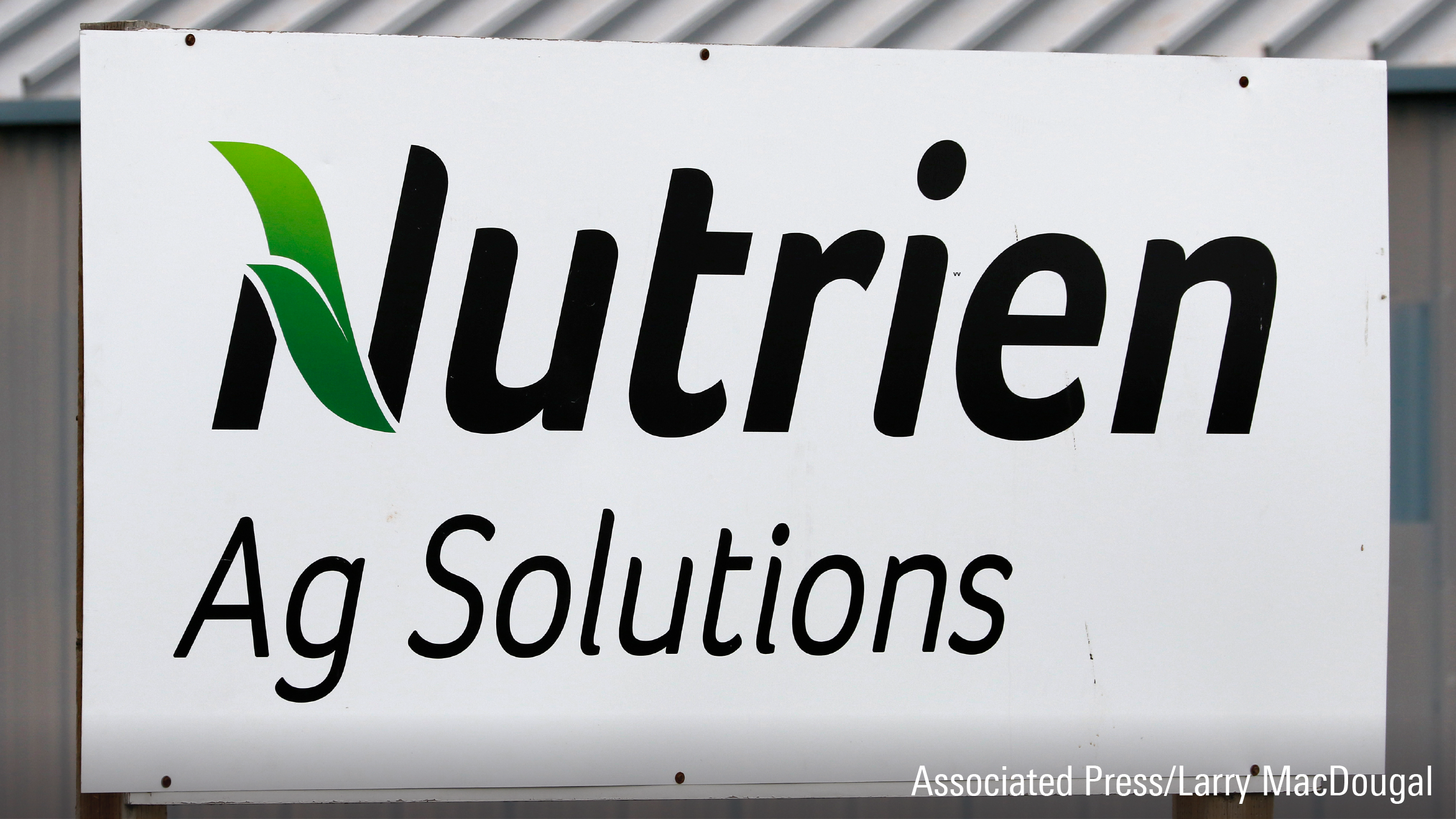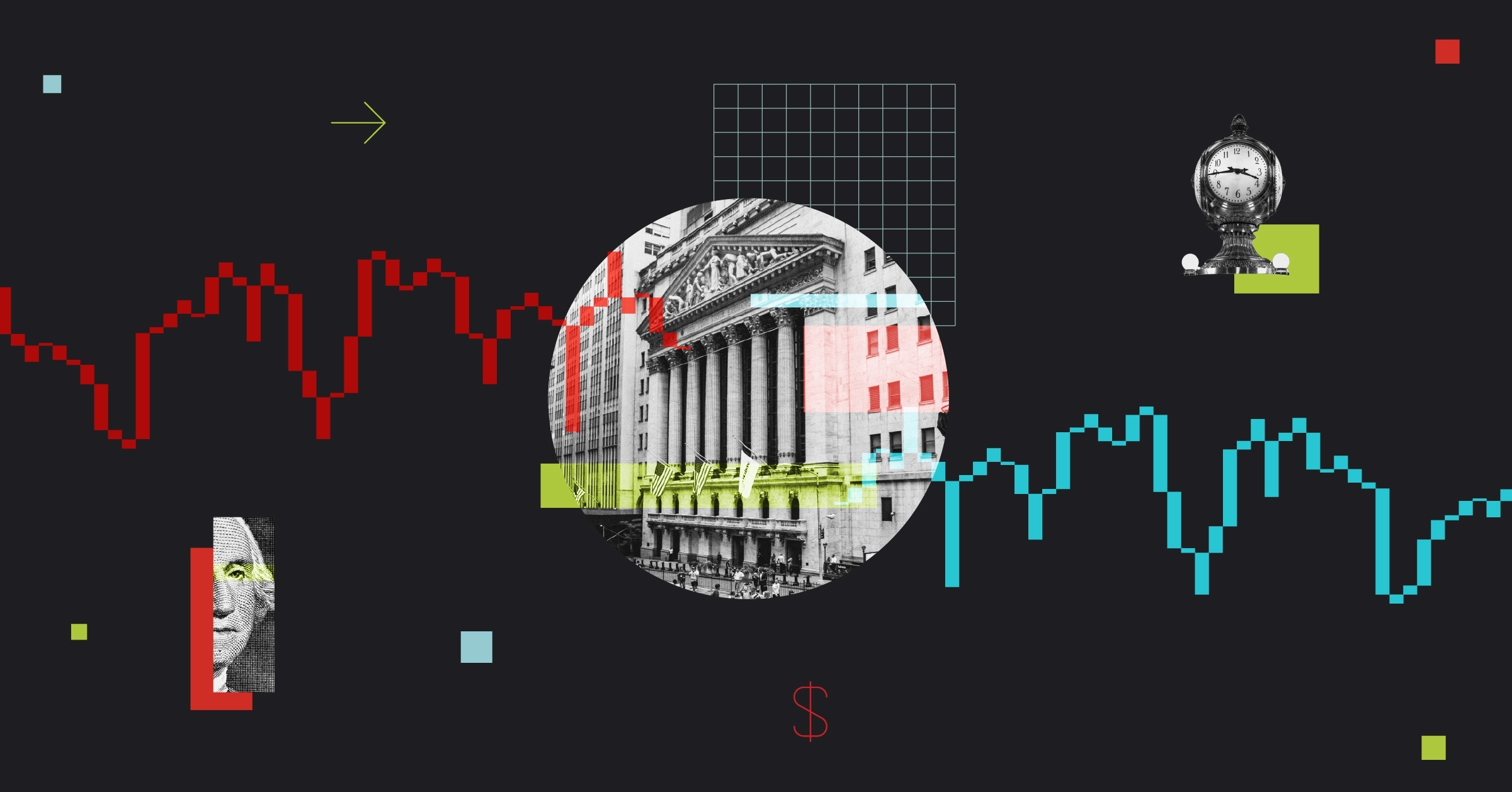
Things are bad for Canadian businesses, especially in the small-medium enterprise (SME) sector. The general sentiment is sombre: “Owners of SMEs feel that they are being treated like cannon fodder,” says Vincent Guénette, vice-president of national affairs at the Canadian Federation of Independent Business, adding that the pressure of the lockdown is being felt by small businesses like restaurants and gyms that have been among the first to close due to the coronavirus lockdowns.
As a result, it appears that SMEs are two times more likely to suffer, notes the Canadian Survey on Business Conditions conducted by Statistics Canada and the Canadian Chamber of Commerce and published November 13, 2020. But that survey doesn’t give a full measure of how bad things are on the ground for SMEs, which account for 10.8 million workers, or 89.5% of total private jobs in Canada, according to Statistics Canada. Businesses with +500 employees account for 1.3 million jobs.
A recent survey by the CFIB, completed online by 3,554 members and published February 1, 2021, paints a gloomy picture. “COVID-19 is putting a majority of small businesses in a precarious financial situation, it reports, as only a quarter are making normal sales and over seven in ten report having taken on debt. With four in ten businesses saying it will take them longer than a year to return to profitability, the financial threat to thousands of small businesses is very real,” it notes.
How real? “We calculate that 180,000 SMEs run a very real risk of shutting down because of COVID, states Guénette. That represents one in six SMEs, representing about 2.4 million jobs. Already, 58,000 have closed their doors because of the pandemic.”
Debts Pile Up
SMEs have taken on a total additional debt burden of $135 billion since the onslaught of the pandemic in February 2020, reports the CFIB. It represents 7.7% of Canada’s total GDP of $1.73 trillion in 2019. “This is 33% of what the federal government has spent ($407 billion) on COVID-19 health and safety measures, and to provide relief measures for Canadians, businesses and other employers so far,” reports the CFIB survey.
Of course, that burden is unevenly distributed. The average debt amount is $170,000, but in the social services sector, it stands at $68,714 while in the agriculture and natural resources sector, it rises to $328,887. Hospitality and the arts and recreation sectors house the highest proportion of companies that took on debt: 91% and 87% respectively, with averages of $213,000 and $240,000. As Guénette points out, “none of that debt is productive debt, earmarked for investment and expansion; it serves only to keep people’s noses above water.”
Government programs are the most prominent suppliers of financing that SMEs called on: 59% received support from the Canada Emergency Business Account (CEBA) and 52% from the Canada Emergency Wage Subsidy. Other sources are personal and retirement savings (33%), credit cards (24%) and banks (12%).
While this debt piles on, only 25% of SMEs continue registering normal levels of sales. The remaining 75% have lower sales, little or no profits, and increasing debt. “It’s no surprise that tens of thousands of businesses and millions of jobs are at risk,” concludes Guénette.
Bankruptcies Not Rising
One might expect that filings for insolvency and bankruptcy to be dramatically rising. It is not the case, reports Ksenia Bushmeneva, economist at TD Economics. They have declined, mostly for individual businesses were they have gone down by 40% compared to 2019, by 17% for corporations.
However, filings for creditor protection have doubled in 2020. Bushmeneva doesn’t see there any sign for optimism: “When all factors are taken into consideration, she notes, depressed insolvency rates offer more reason for concern that optimism, as it likely captures increased reliance on borrowed funds as well as higher business exits.”
Bushmeneva thinks that “bad news could be ahead of us”, and we could see the consequences unfold over one, three, even five years time. “Putting the pieces together, she adds, paints a picture of businesses under intense pressure.”




















